The Importance of Hot Pot 🍲 A Simple Guide
A Guide to Why Exactly Hot Pot Is So Popular
Hot pot: you know it, you love it, and you want more of it. It honestly might be an experience first and foremost, because hot pot is all about the communal cooking, the coming together of friends and family, and everything in between.
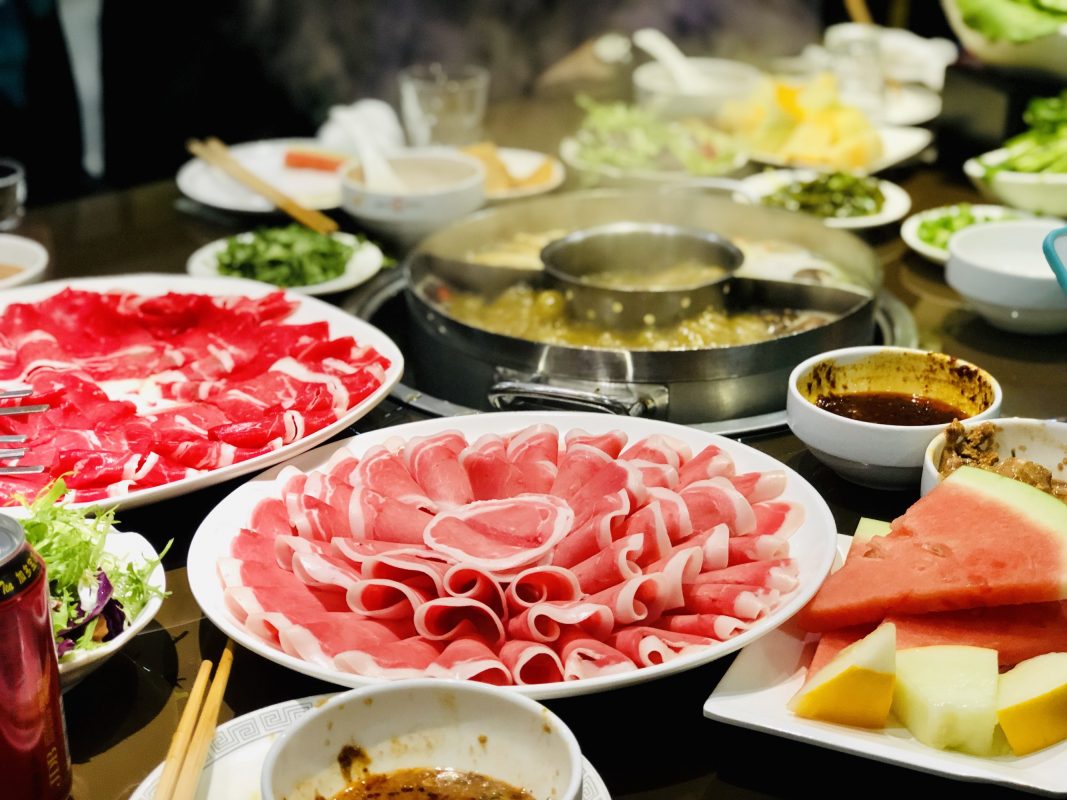
Its Chinese name, 火锅 (huǒguō), literally translates into “fire pot”.
This, to be fair, is because it’s essentially a pot of simmering soup cooking your foods of choice the entire meal. In any case, it’s great.
Hot pot has its variants across numerous East and Southeast Asian cuisines, but the one we’ll be focusing on today its Chinese one.
With over 2,000 years of history, the importance of hot pot to Chinese culture is understandable.
Hot pot may truly be a quintessential Chinese dish, and here’s why.
What’s So Special About Hot Pot?
Hot pot was traditionally more popular during colder seasons, though people eat it all year round now.
This was because winters can get pretty cold in China, and that thus meant that food would get cold quickly as well.
The importance of hot pot is in part due to its consistent warmth, as it’s kept simmering throughout the entire meal.
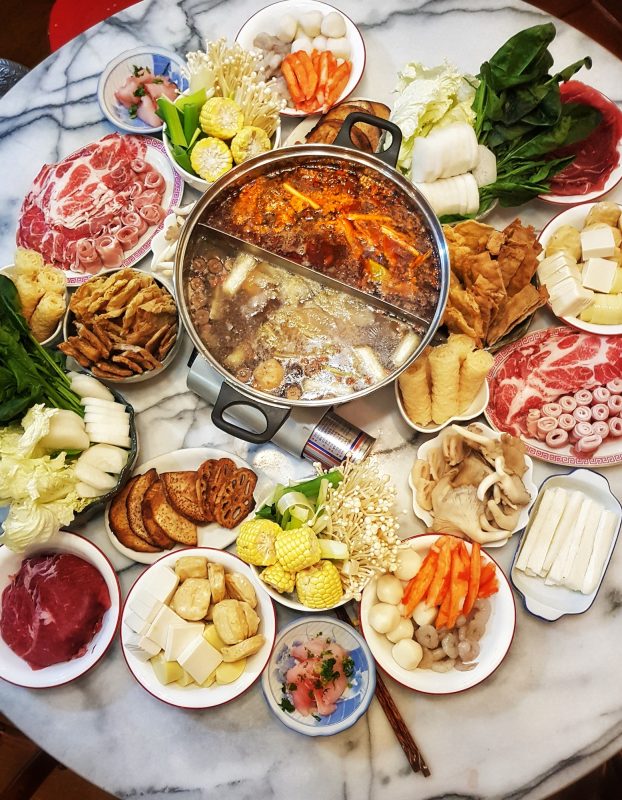
Additionally, eating hot pot is not only a lunch or dinner; it often also serves as a social event.
Because hot pot is served in the center of the table, people congregate around it. It’s a great opportunity for catching up with family and friends as everyone is gathered together.
Perhaps most importantly, hot pot caters to everyone’s preferences.
The vast majority of restaurants will let customers choose their choice of broth (汤底, tāng dǐ) to serve as the soup base, and many also allow one pot to have multiple flavors.
People can create their own sauce (酱, jiàng) from a variety of different options and tastes.
Lastly, customers can put whatever they want into hot pot. People are welcome to order what proteins, vegetables, or other foods they like, and they can cook their own food to their own liking.
If you’re dining with someone who happens to be, say, a picky eater, it’s no problem because everyone can choose and cook what they want to eat themselves.
Some restaurants now have individual pots for every person, which allows each person to further adjust their meal to their own liking.
Varieties of Hot Pot
It’d actually be unfair to reduce the importance of hot pot down to one type, because that’s wrong — there are a ton of varieties of Chinese hot pot.
The most famous is likely Sichuan hot pot (四川火锅), which is numbing (麻, má) and spicy (辣, là). You’ve probably seen pictures, and the thought of eating this may be slightly intimidating.
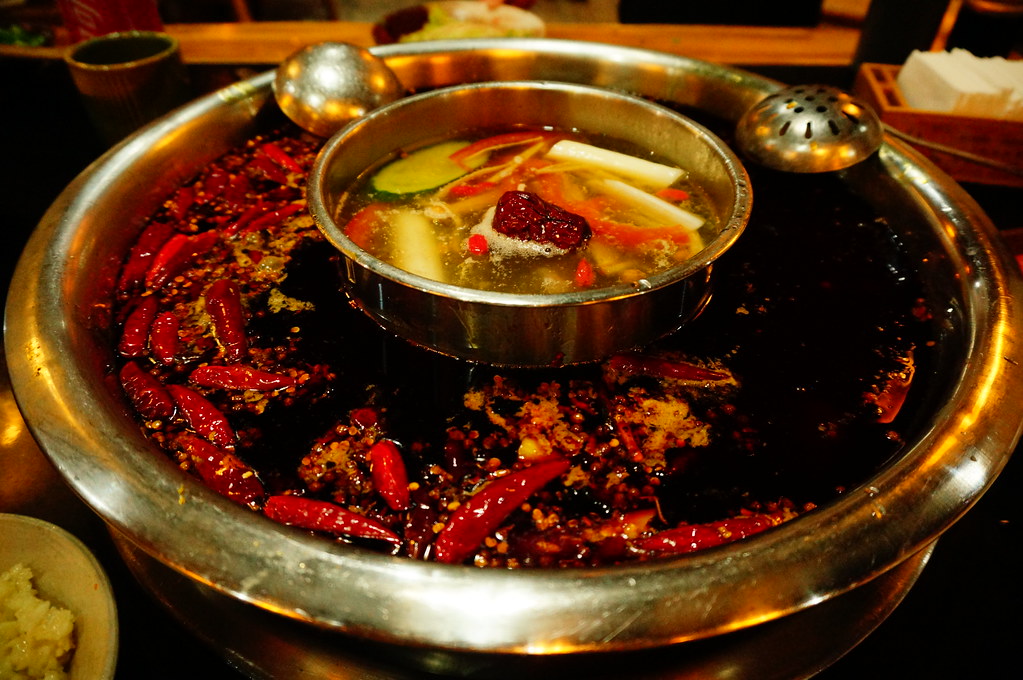
Another well-known type is Beijing hot pot (老北京火锅), which is more characteristic of northern China’s cuisine.
Its known for its thinly sliced mutton (羊肉), which is fresh and quality-focused. Comparatively, the broth is less important.
Hot pot from southern China tends to be more focused on the broth, or soup base, in addition to the added ingredients.
This is characteristic of food from southern China in general, which is lighter (清淡, qīngdàn) in effort to preserve the original taste of the food.
Things You Need To Know About Hot Pot
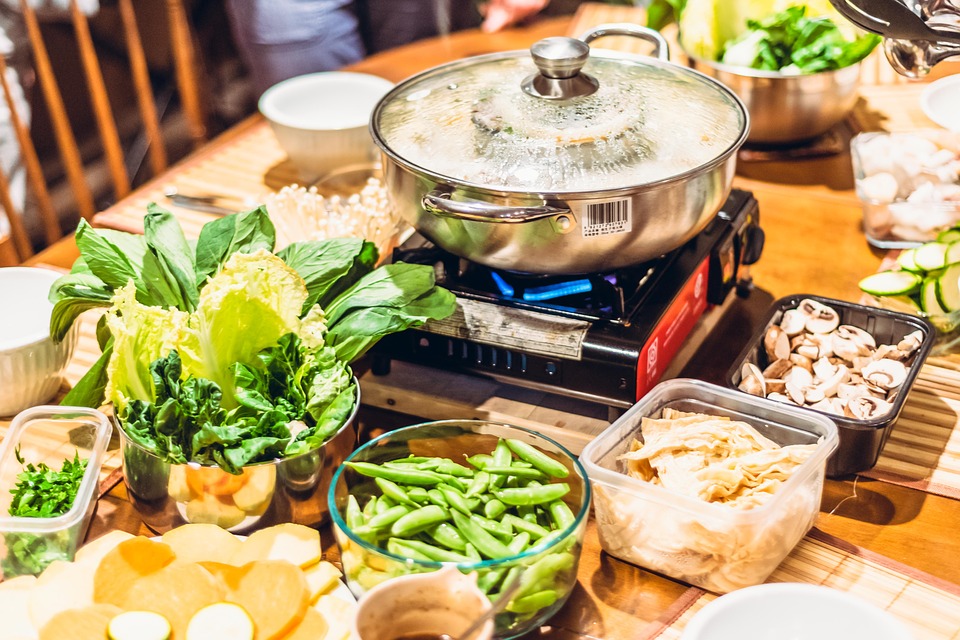
- Some restaurants specialize in their broths, so it may be recommended to drink a bowl (or bowls) of soup (汤, tāng) before putting ingredients in. This depends on the place and is completely up to you.
- Use the 公筷 (gōng kuài; shared chopsticks) when handling food. It’s more hygienic as the pot is shared by everyone!
- Be sure to quickly swish the chopsticks (筷子) in the pot when the water is boiling after you handle raw meat — you want to make sure they’re hygienic.
- People tend to cook and eat noodles near the end of the meal as they may still be a bit hungry. These noodles will often be 手擀面 (this translates into “hand-rolled” noodles but references homemade noodles) which are also a Chinese speciality.
Our former student and friend Catherine wrote about her hot pot experience at LTL. Check it out.
Have you been for hot pot before? What are your thoughts? Did you enjoy it, can you handle the spicy versions? Tell us your experiences below.
Hotpot – FAQ’s
What is Chinese hot pot?
Hot pot is a simmering pot of broth, or soup base, in the center of a table. Customers can choose their own soup base (汤底), sauce (酱), and meat and veggies to put into the pot.
In Chinese, hot pot is called 火锅 (huǒguō). This translates literally into “fire pot”.
How do I eat hot pot?
Where can I get hot pot?
Chinese hot pot is available pretty much anywhere in China (and also outside of China, if you go looking). Popular chain restaurants include 海底捞 (hǎidǐ lāo), 重庆高老九 (chóngqìng gāo lǎo jiǔ), and 左庭右院 (zuǒ tíng yòu yuàn).
What are the different types of hot pot?
Too many to list. The most popular ones would be Sichuan hot pot (四川火锅) and Beijing hot pot (老北京火锅). Hot pot from southern China (such as Guangzhou, 广州) tends to be focused on the broth in addition to the meat and veggies, as southern Chinese cuisine is lighter in effort to preserve the original taste of the food.
Why is hot pot so popular?
A variety of reasons, really. The importance of hot pot boils down to the fact that all around, it’s great. It keeps you warm in the winter, it’s still fun in the summer, it’s easy to eat with family and friends, and it’s customizable to your preferences. What’s not to love?
Want more from LTL?
If you wish to hear more from LTL Mandarin School, why not join our mailing list?
Why not starting learning Chinese online?
We give plenty of handy information on learning Chinese, useful apps to learn the language and everything going on at our LTL schools!
Sign up below and become part of our ever growing community!
We also offer online Chinese classes tailored exactly to you, check them out!
![[𝗢𝗟𝗗] LTL Shanghai Logo](https://old.ltl-shanghai.com/wp-content/sites/3/logo-ltl-header.png)


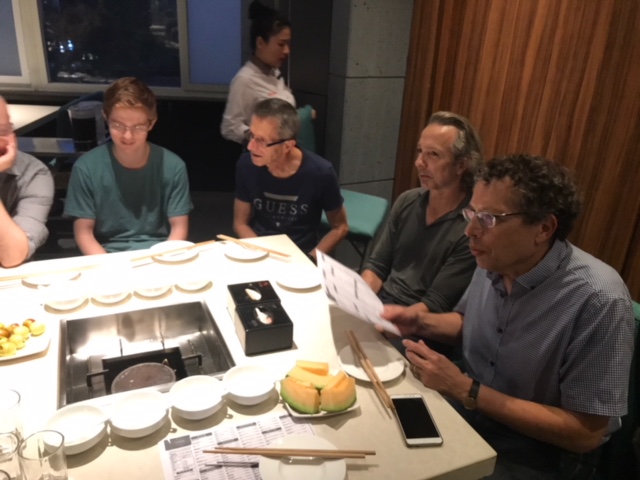
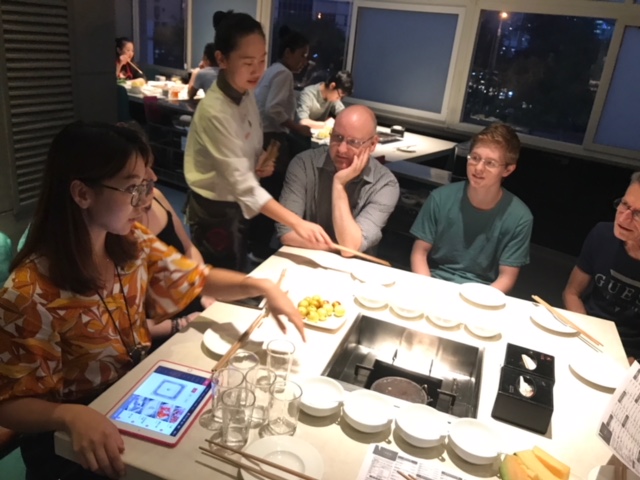




6 comments
What are some other hot pot customs?
Hi Amy,
People often also order 酸梅汤 (suānméitāng; sweet-sour plum juice) with hot pot. It’s not actually that sour, and is good to have when the food is too spicy!
LTL
[…] case you didn’t know there are many different types of hotpot but two major types: Beijing hotpot and Sichuan […]
Nothing is more important than Hotpot (in the winter). I am a dong-bei-er (changchun) so we know!
Oh yes wow. Changchun is COLD!
[…] https://old.ltl-shanghai.com/importance-of-hot-pot/ […]